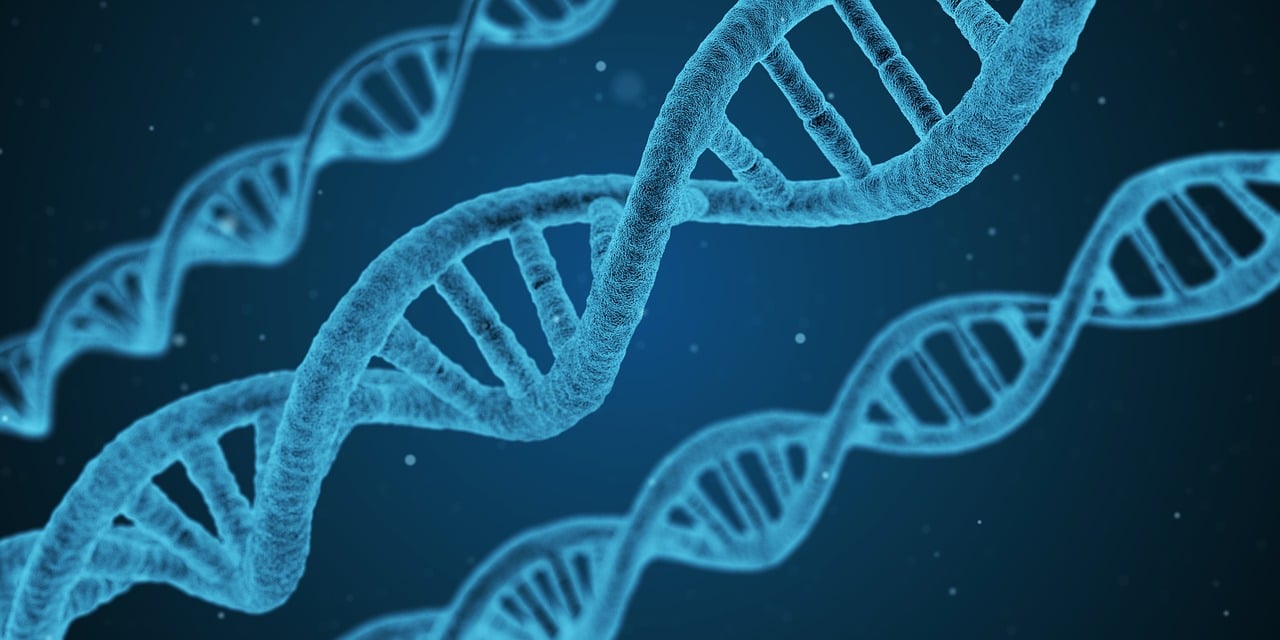DNA has existed for as long as living things have graced the earth, but humans have only really understood it for the better part of a century. In 2018 and beyond, researchers expect several exciting developments to take center stage.
Q1 hedge fund letters, conference, scoops etc, Also read Lear Capital: Financial Products You Should Avoid?
4 Exciting Trends in Genomics
Deoxyribonucleic acid, or DNA, is one of the most fascinating concepts in all of science. For those who slept through high school biology class, Live Science Senior Writer Rachael Rettner reminds us that, “DNA is made up of molecules called nucleotides. Each nucleotide contains a phosphate group, a sugar group and a nitrogen base. The four types of nitrogen bases are adenine (A), thymine (T), guanine (G) and cytosine (C). The order of these bases is what determines DNA's instructions, or genetic code.”
Even more fascinating is the fact that human DNA contains approximately 3 billion bases, and more than 99 percent of these bases are identical in all people.
While these facts have remained true throughout history, human research and innovation in the genomics field has led to some pretty useful applications. In 2018, here are a few of the top trends worth keeping an eye on:
- Use of DNA Data
For years, the genomics field has been pretty good at recording and storing DNA data. However, one of the major shortcomings has been that we don’t always know what to do with this data. Slowly but surely, this is beginning to change.
Over the past 18 months, researchers have discovered substantially more associations between genetics and disease risk. This data is now being implemented into clinical workflows and systems to help increase the feasibility and effectiveness of personalized treatment plans.
Enakshi Singh, a senior product specialist at SAP Health, gives the example of a doctor prescribing a specific medication to a patient and then getting an alert that a certain gene mutation could cause unwanted side effects in the patient. Little things like this could change the face of medicine.
- Pharmacogenomics
Some of the most exciting advances are happening in the pharmacogenomics space. While doctors have long understood that patients all have different drug metabolisms, the medical community has done a pretty poor job of altering prescription strengths in order to take these metabolic levels into account. This is starting to change.
“The Clinical Pharmacogenetics Implementation Consortium (CPIC) has released prescribing guidelines for individuals expressing certain genetic variation,” Singh explains. “With a relatively inexpensive, genome-based drug metabolism test ($200–$500), a doctor can determine the rate at which an individual metabolizes specific classes of drugs, including drugs used in HIV treatment as well as cancer drugs.”
As a result of these new genome-based drug metabolism tests, doctors can now prescribe medication with a much greater certainty that the medicine won’t cause serious allergic reactions or adverse effects.
- Consumerization of DNA Testing
As you’ve probably seen on TV over the past year or so, DNA testing is now mainstream. People can order kits from DNA testing companies, mail back a swab of DNA, and receive in-depth results on lineage, genes, current health, and even future disease risks.
It remains to be seen how this will impact society. Will people act differently knowing they have a higher risk of developing a particular disease later in life? Will people be more or less likely to have children based on gene results? These are interesting issues worth exploring.
- Cheap Sequencing
DNA sequencing used to be expensive and impractical in many applications, but this is no longer the case.
“Cheap sequencing not only led to an improvement in data quality, but it also opened up new applications that had not been feasible,” Barrett Bready writes for R&D Mag. “Whole-genome protein binding, DNA modification mapping, chromatin accessibility, ancient DNA sequencing and other applications had been impractical with older methods. Cheap, digital data changed that.”
Getting Excited About Genomics
Genomics isn’t something the general public really spends much time thinking about, but some of the applications that come out of this field have a significant impact on everyday life. The more researchers and scientists pour into the discovery of DNA, the more we’ll be able to accomplish in science, medicine, forensics, and human relations.






